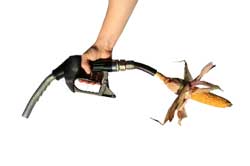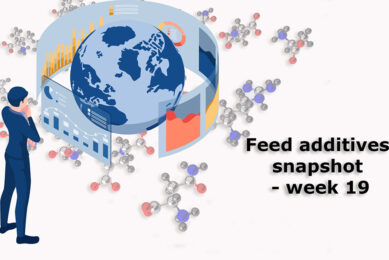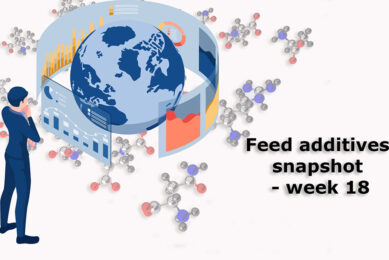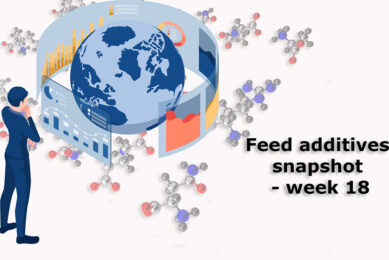Ethanol predicted to consume more corn than livestock

For the first time in US history vehicles are predicted to use more corn than livestock this year. According to USDA estimates, 5.1 billion bushels of corn will be used to make ethanol this year, compared to 4.9 billion for livestock feed.
“Ethanol is taking a larger and larger share of production,” said Seth Meyer, an MU agricultural economist with the Food and Agriculture Policy Research Institute. “I know it’s been overtaking feed for a long time.”
Several things have driven the demand for corn by ethanol producers and have contributed to ethanol’s projected outpacing of feed demand:
Parcell describes it as a perfect storm, this combination of ethanol-boosting government policies, jumps in oil prices starting in 2007 and a world economy that wants more meat. All these factors contribute to the exploding global demand for corn, which has significantly increased in price.
Higher corn prices provide incentives for farmers to grow more corn. They have also forced the livestock industry to reconsider its options. Livestock producers are looking for lower-cost alternatives, such as distiller grains created during the production of ethanol.
Gary Marshall, CEO of the Missouri Corn Growers Association, believes the USDA should include distiller grains in its total estimates for feed corn since the grains can be fed to livestock.
“We don’t think that we are going to use more corn for ethanol than for cattle feed or hog feed,” Marshall said. The Missouri Corn Growers Association has an ongoing dispute with the USDA over how it does its accounting, he said.
Even with these alternative feeds available, livestock numbers in the US have decreased. Part of this has occurred because farmers have bred larger animals to produce more meat, but Parcell said some is also due to the high prices for corn, which ethanol has helped drive up.
Parcell said the burgeoning ethanol industry and the higher corn prices that have accompanied it have been "a big boon” for rural America. However, he does not think that the number of jobs created by ethanol production has replaced the jobs lost in the livestock industries.










